As economies across the world contemplate on the next best move to find their way out of Covid-19, office space providers are grappling with troubles of their own. The pandemic disrupted some of the best-laid plans of almost every industry vertical and one of the most severely affected was the commercial real estate sector. As per a study by Deloitte, 50% of CXOs reported a 25% disruption in both business and work during the peak of Covid-19 last year. Manufacturing and retail operations saw the biggest of disruptions as 85% of these were impacted due to their heavy dependency on factories and unmovable machinery.
The hybrid model finds greater acceptance. March to September of 2020 was evidence enough for companies, especially large enterprises, to resort to various workspace models that ranged from work-from-home (WFH) to work-near-home. Now, many are turning their attention towards the flexible workspace model. This has resulted in a ‘Hybrid Model’ where a company opts for a balance between working from office and working from home.
A new trend has emerged here, the ‘Hub and Spoke’ model—where the hub or the main office will continue to function as the ‘face’ or ‘brand’ and will be supported by the spokes— smaller office spaces spread across the cities, and located closer to employees.
Enterprises in the driver seat
Enterprises, in the current scenario, have a big say in workspace matters as we speak. One primary reason why corporates are focusing on the ‘hub and spoke’ and the flex space models is that they can avoid long-term contracts and fixed payments in terms of rentals. Enterprises are gradually realising the value of a flexible workspace model that can be customised, bespoke, and will save them huge costs.
Consumer-led workspace
If one entity an enterprise would listen to and comply with, it is the company’s united employee workforce. The future workspace will be led by the employee and neither by the realtor nor by the corporate. It will be a consumer-led workspace with flexible work and time at the core and other employee perks. Flexible office spaces fit the bill here, almost entirely.
Driving down the costs
A big concern that enterprises had was the high advances, fixed recurring payments, and long-term lease agreements that invariably bound them to the building owners and their rules. The pandemic has turned the tables, and corporates are eying managed office spaces in a big way!
Technology-enabled and supported
While we speak a lot about flexibility and consumer-led workspace, what makes this possible is technology. If the workspace model has to stay flexible, it has to have the support of technology in the form of high-speed and uninterrupted internet connectivity, interoperable and quality software that allows for remote collaboration, reliable virtual communication tools, and data monitoring and safety devices to name just a few.
End-to-end management
Enterprises are looking at different ways to utilise time and resources more productively. It is here that managed office space providers fit the bill and can add to the productivity of these enterprises. Flexible managed office spaces will see continued growth for the foreseeable future given the advantages gained on costs and flexibility.



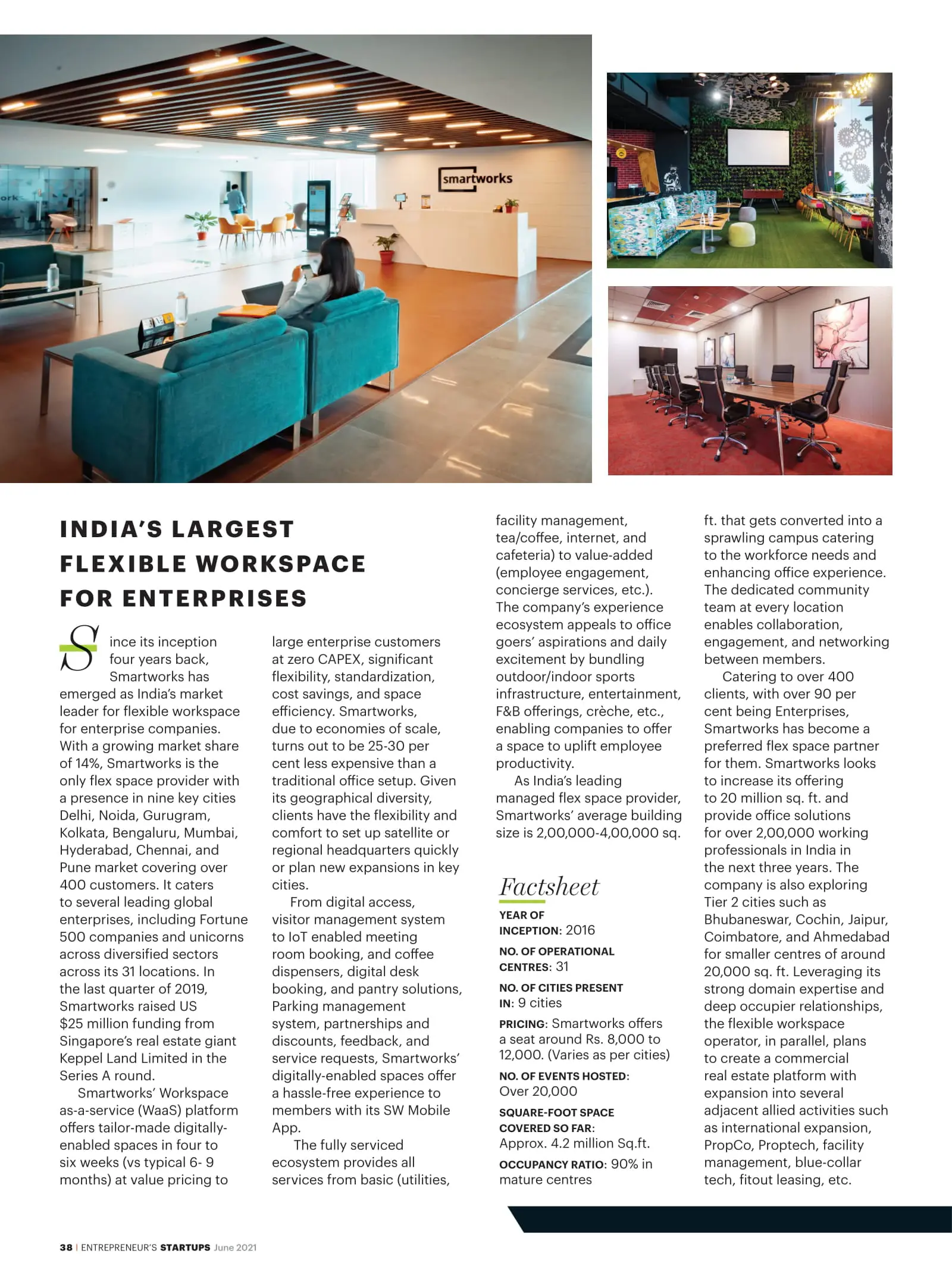
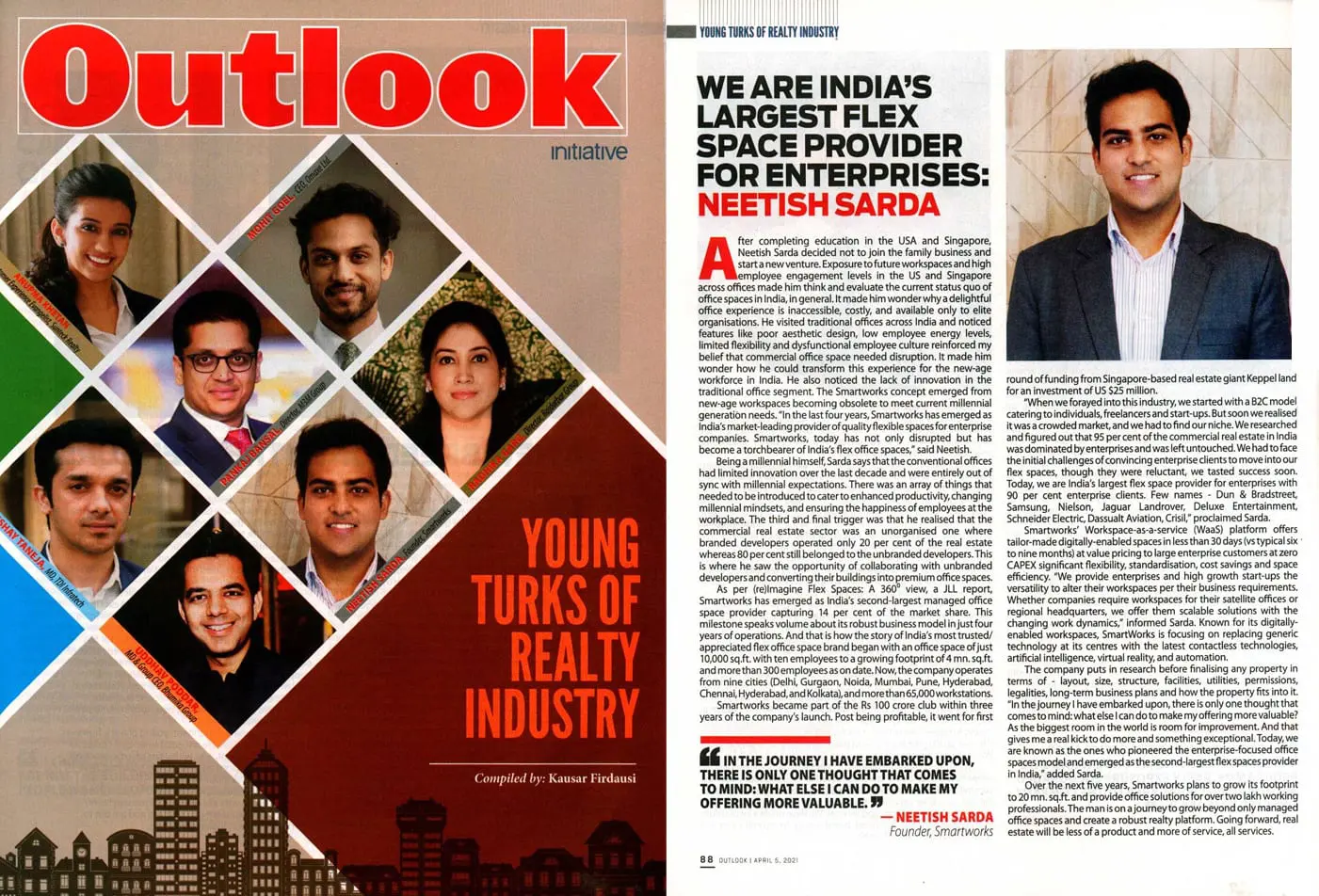

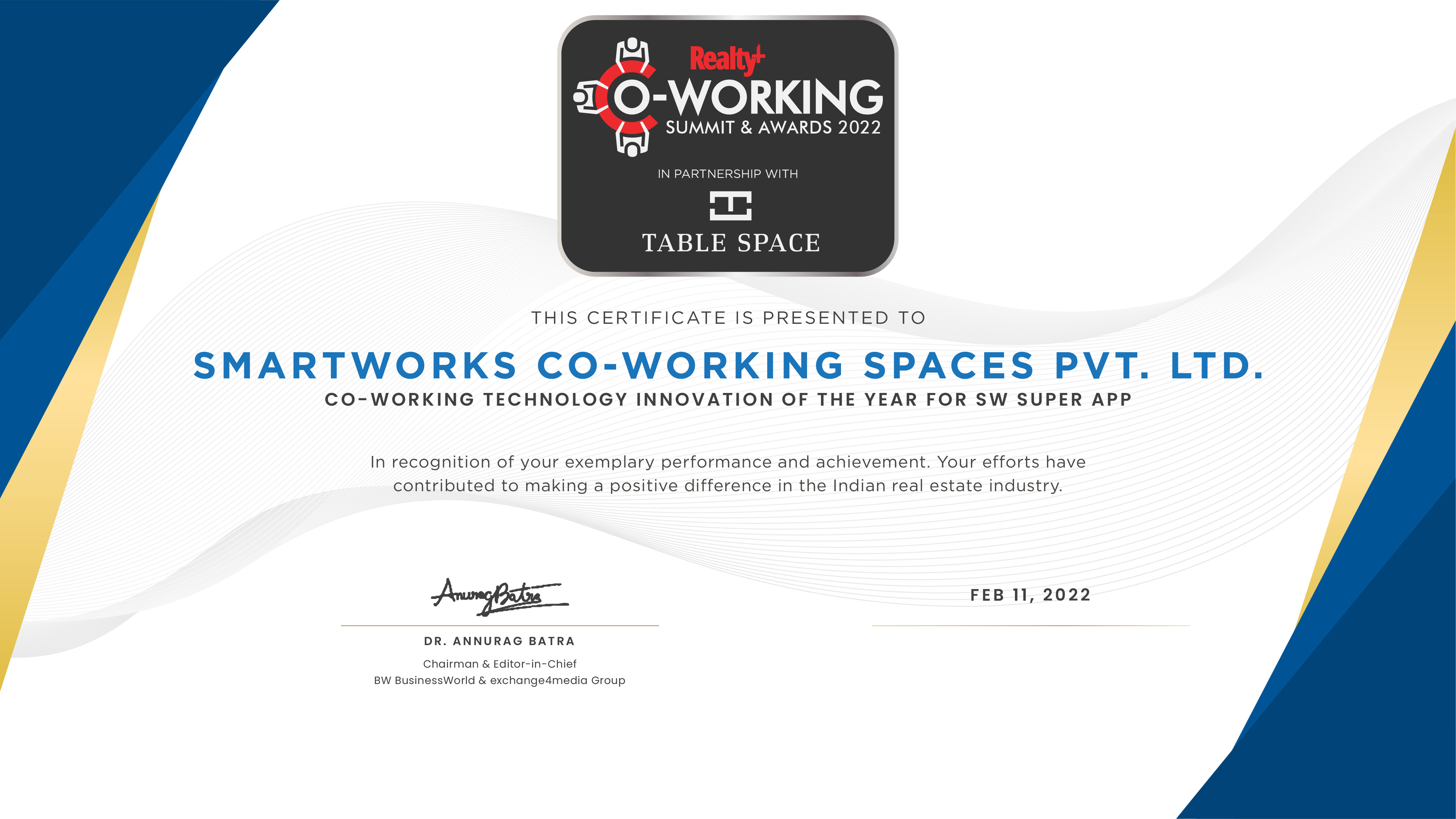
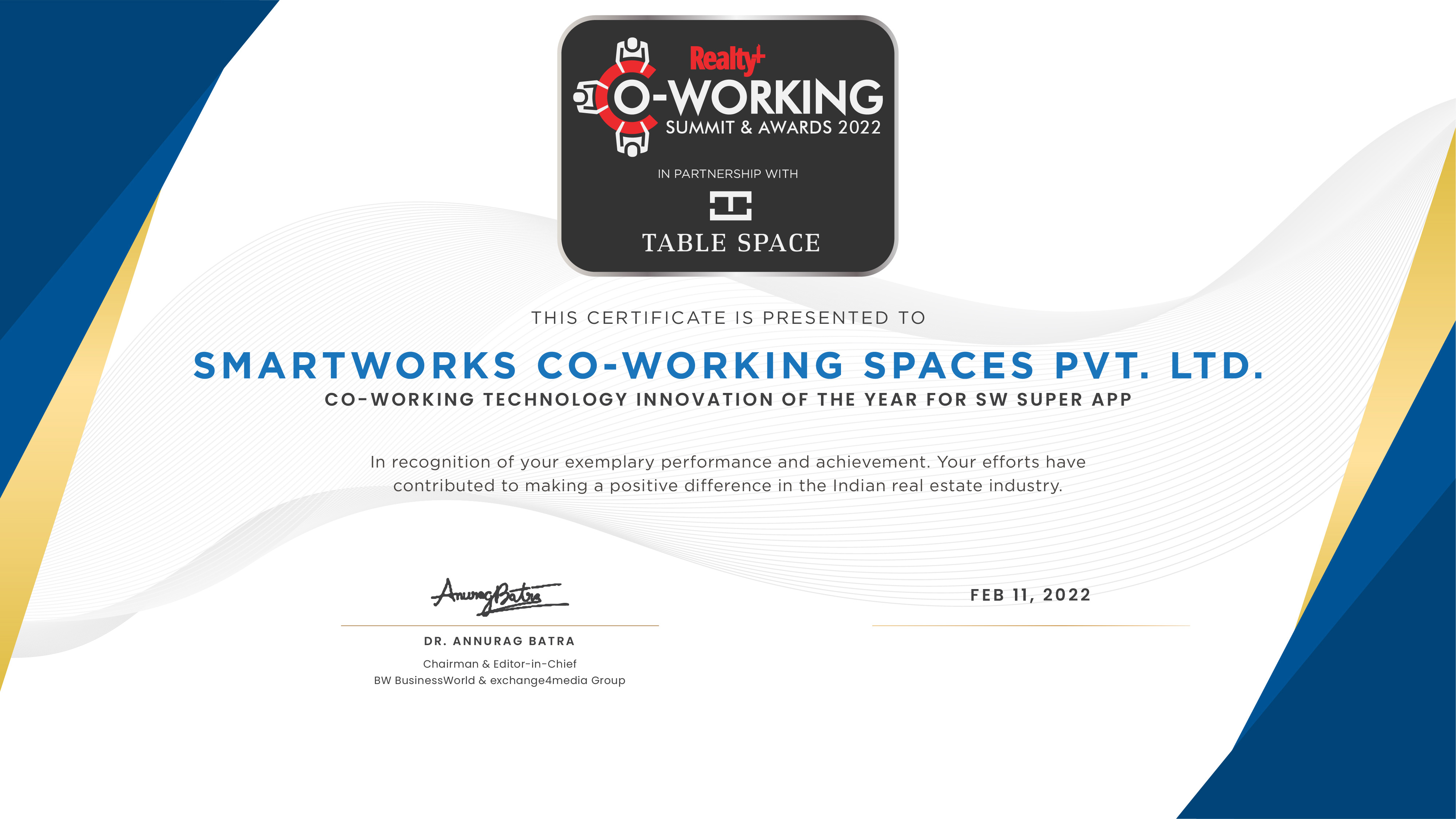
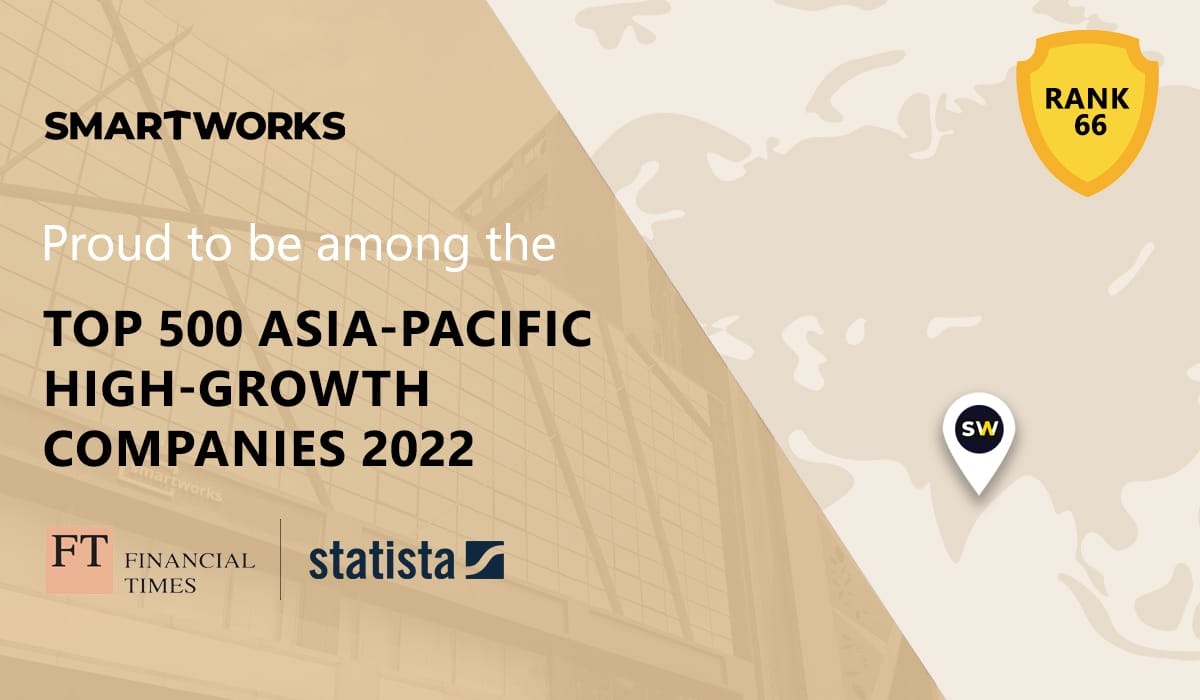




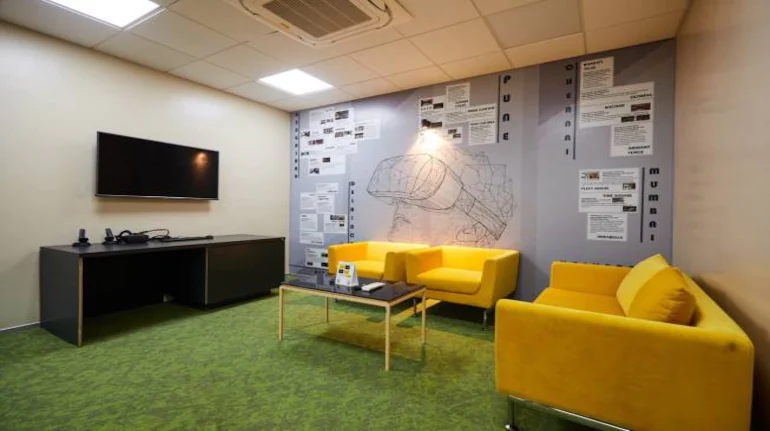
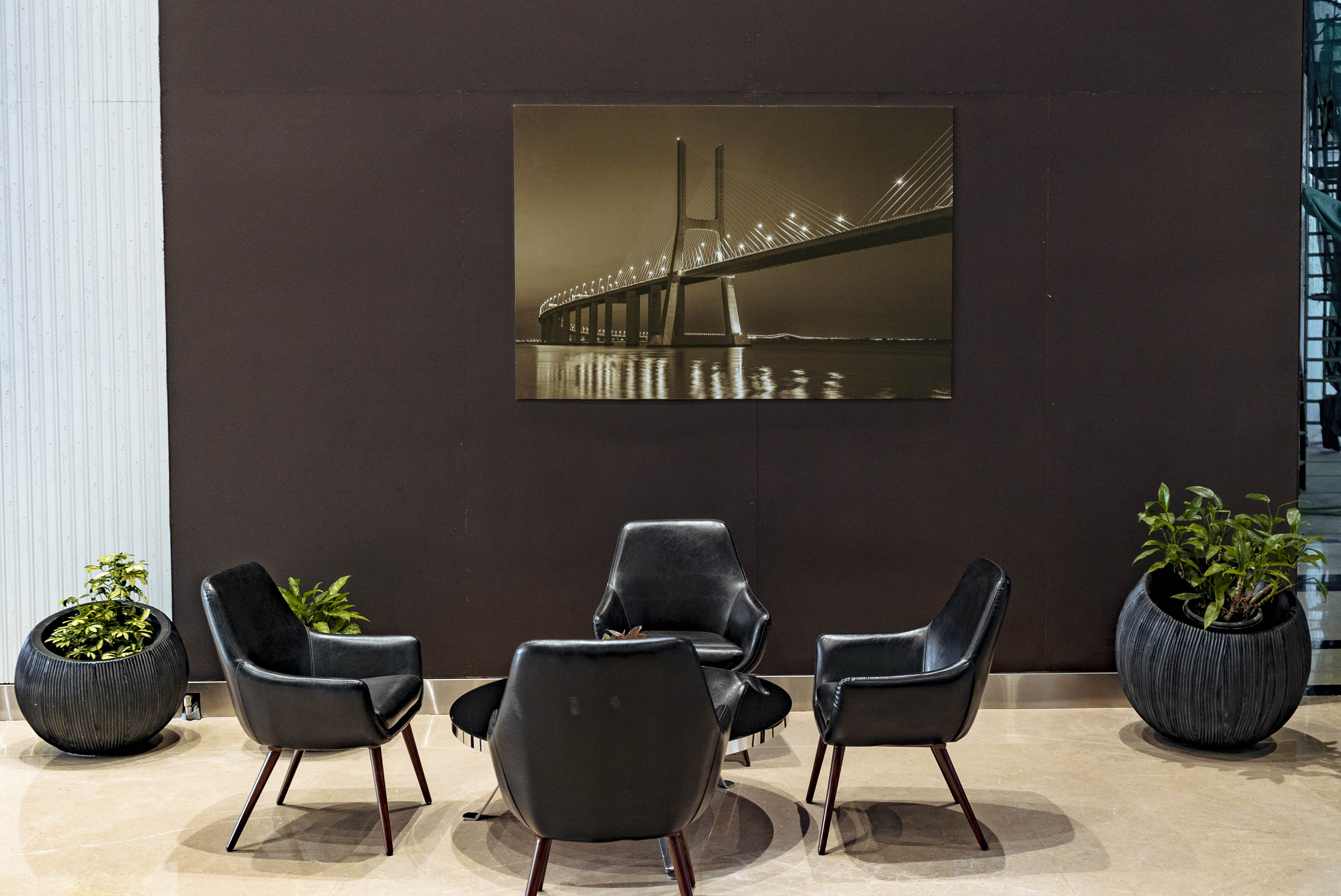


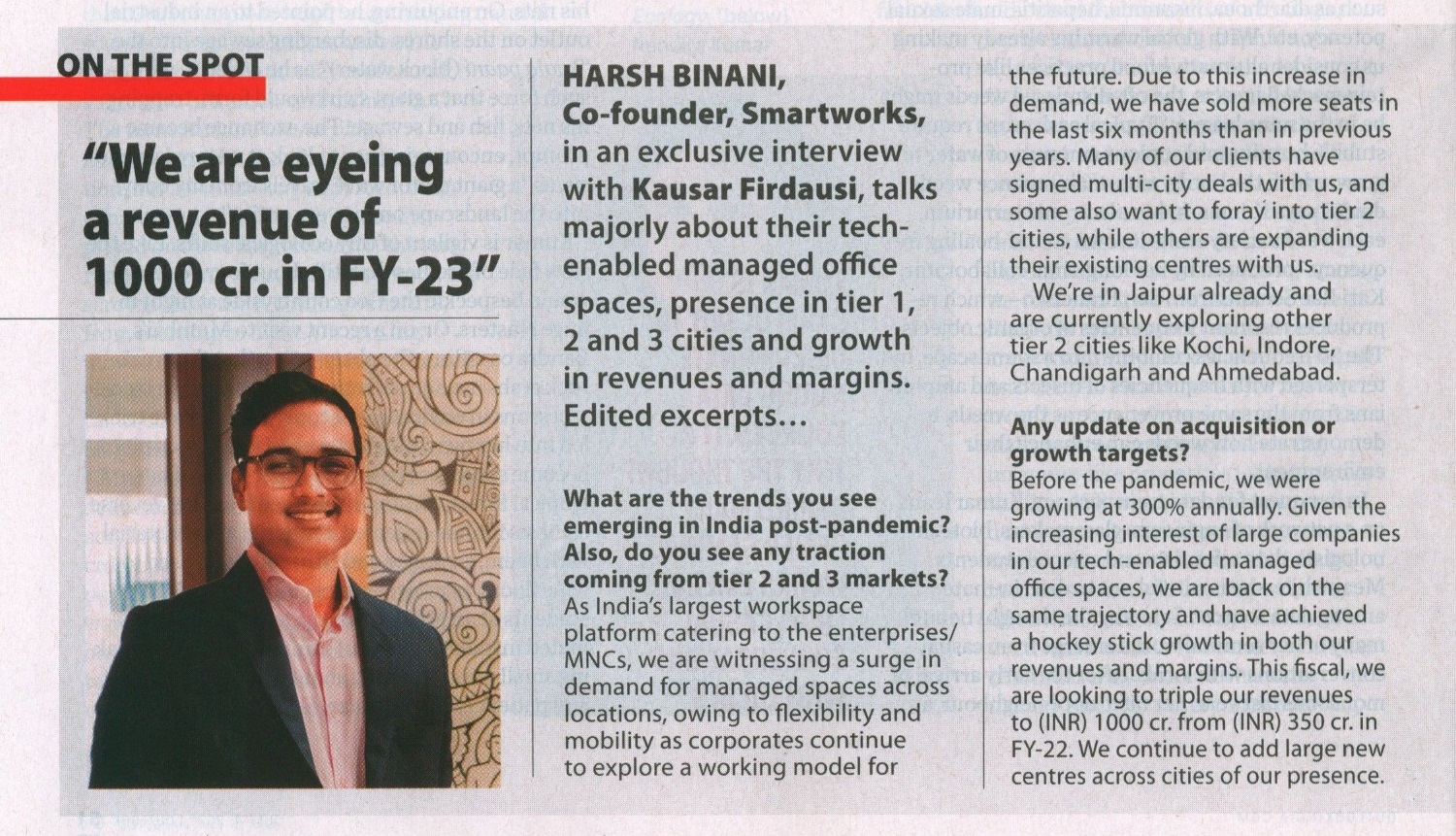


.jpg)



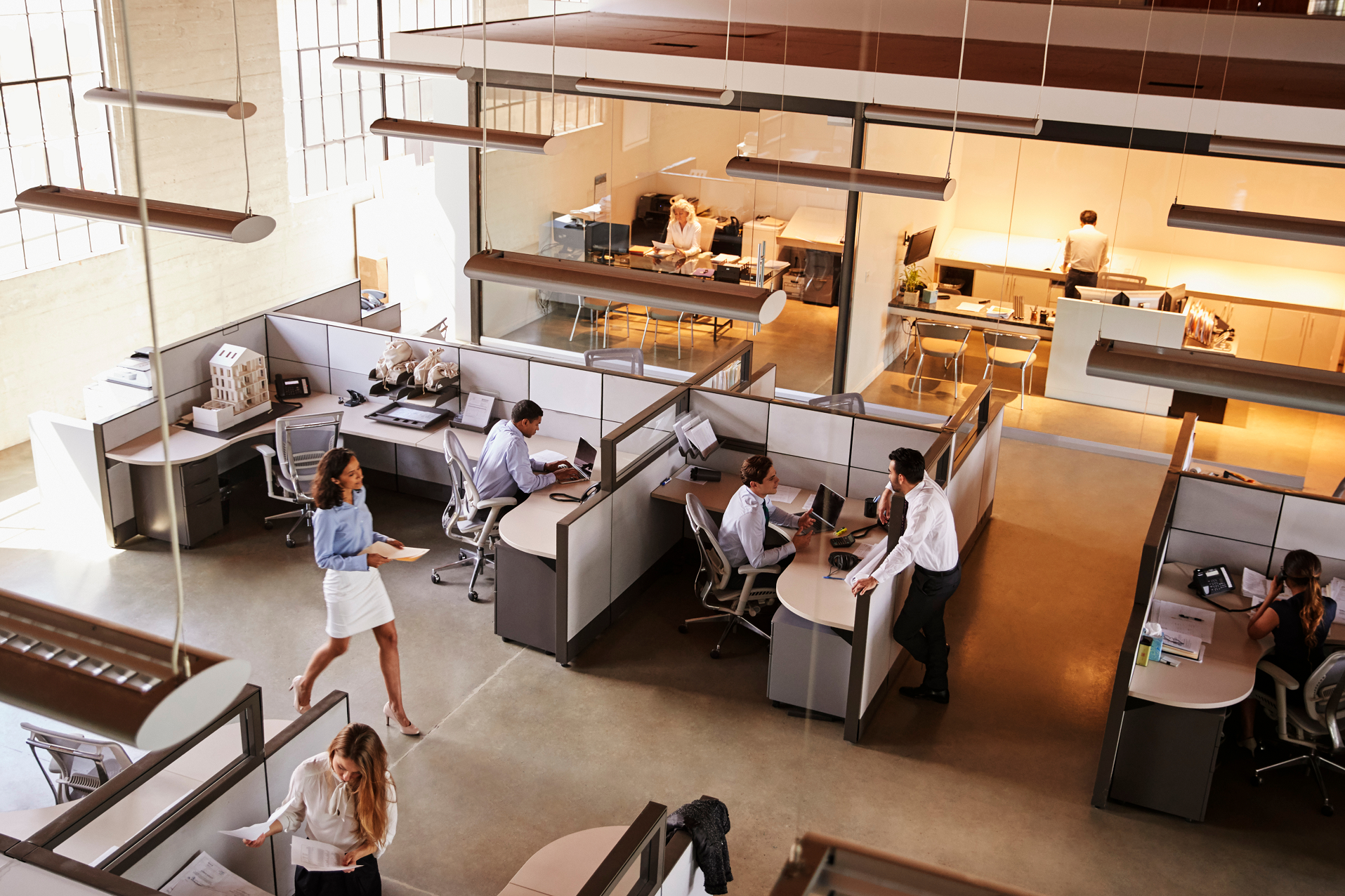
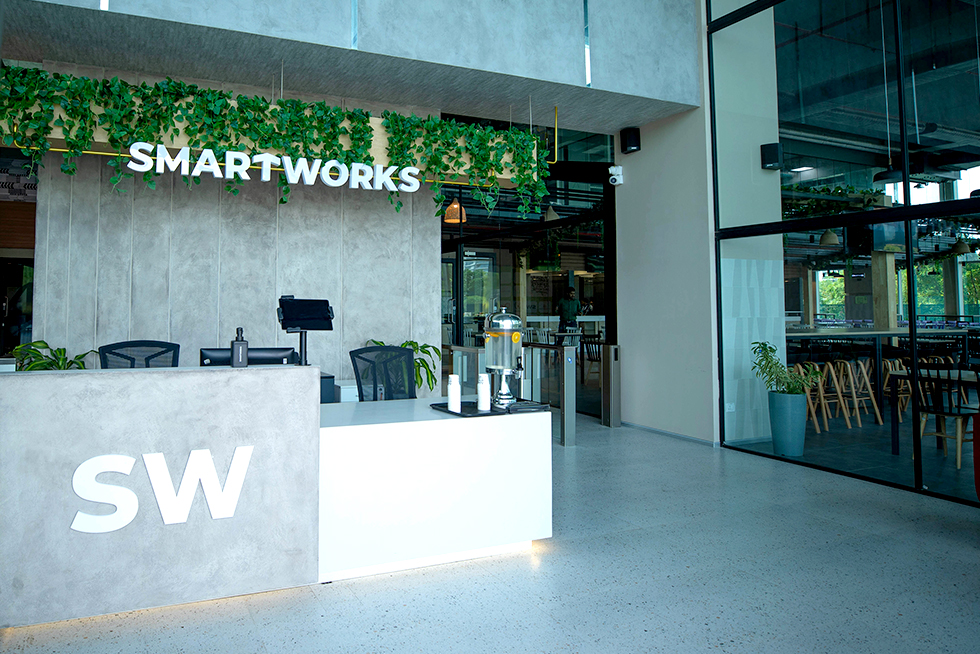

.webp)
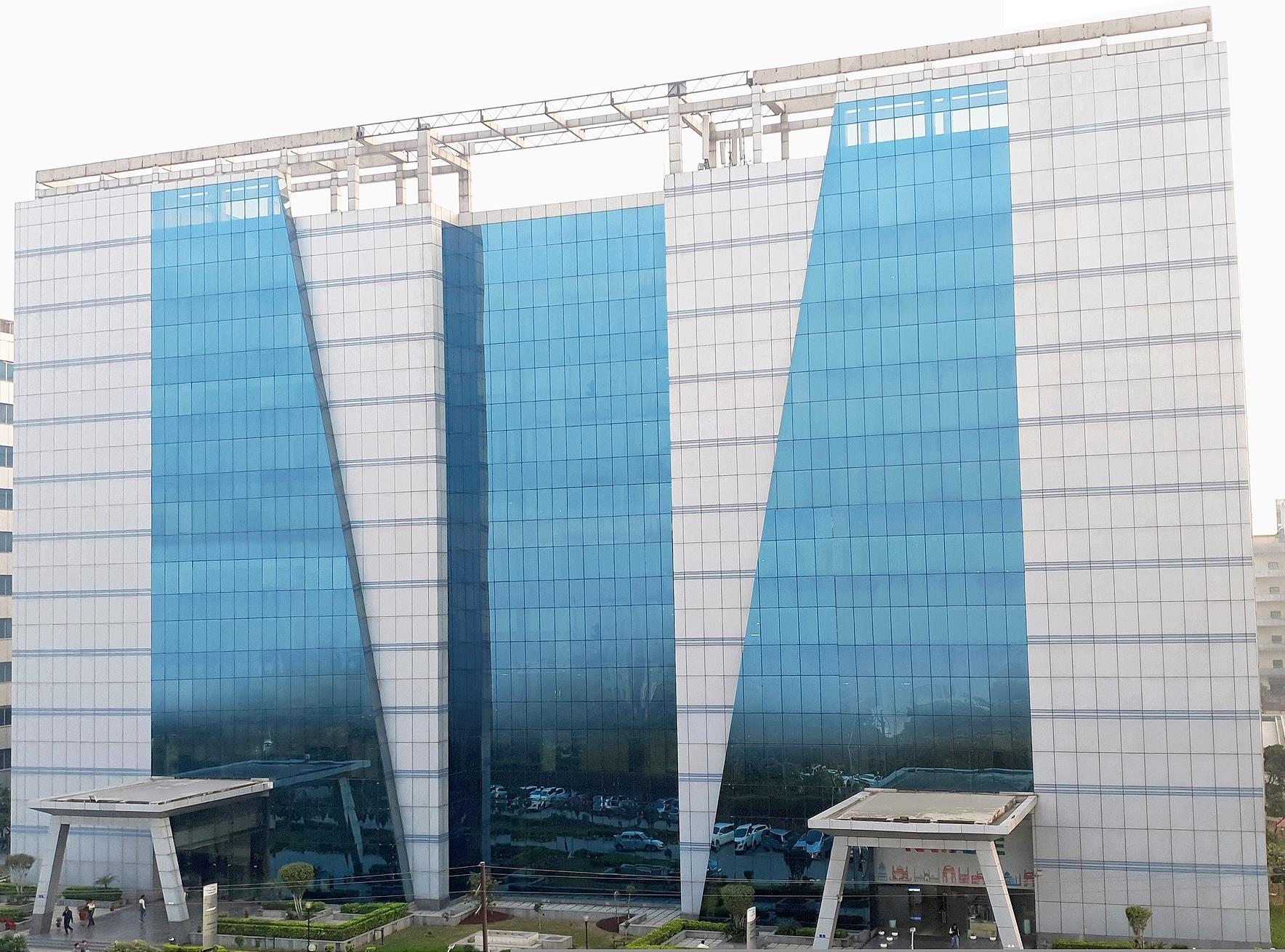
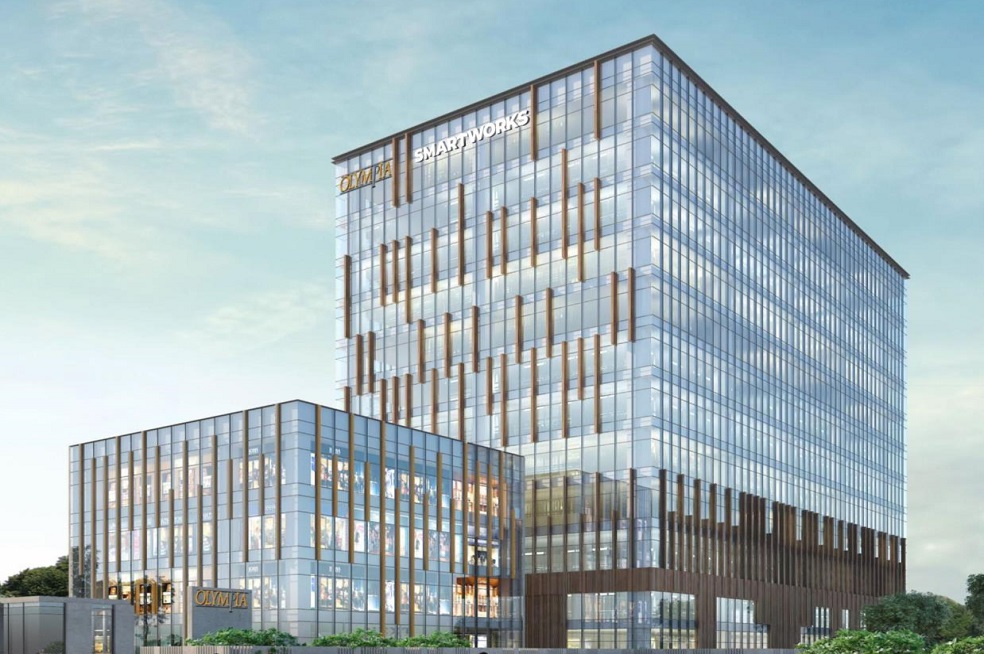

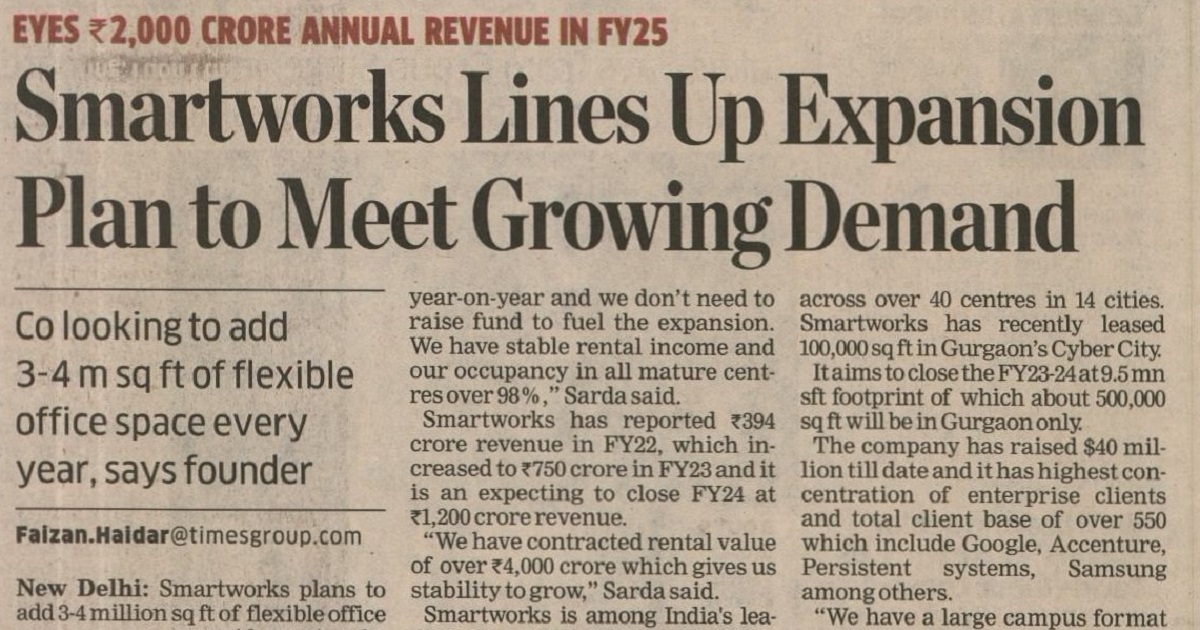

(1).jpg)
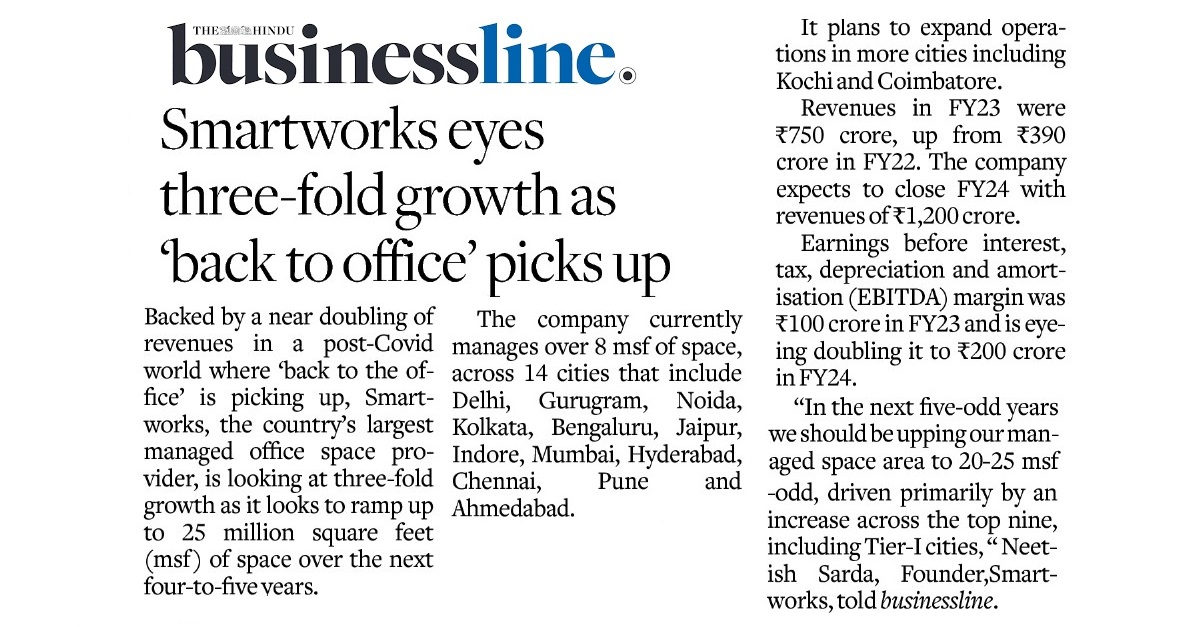
.png)
